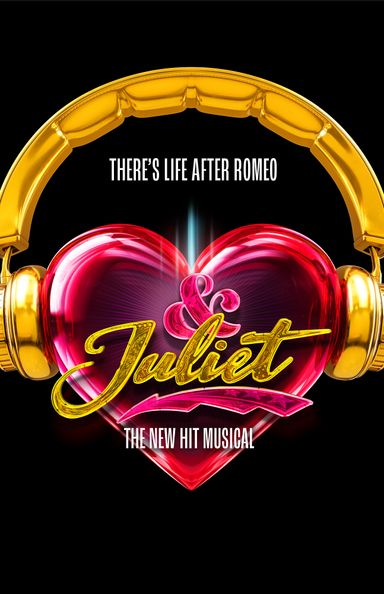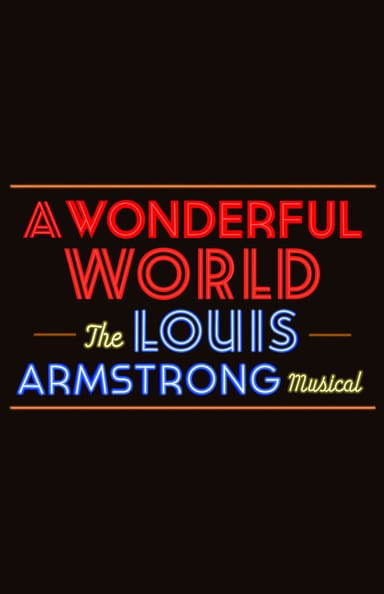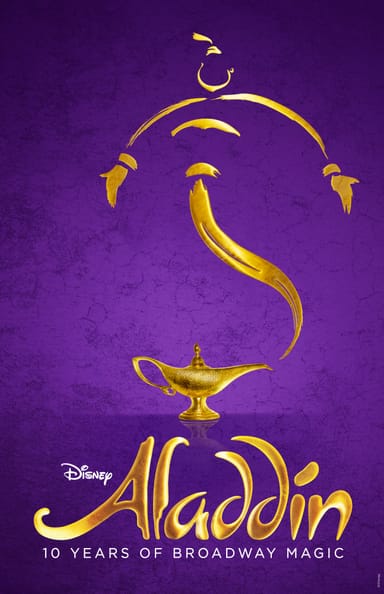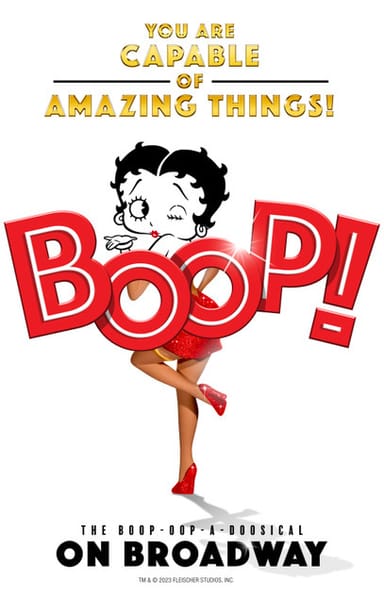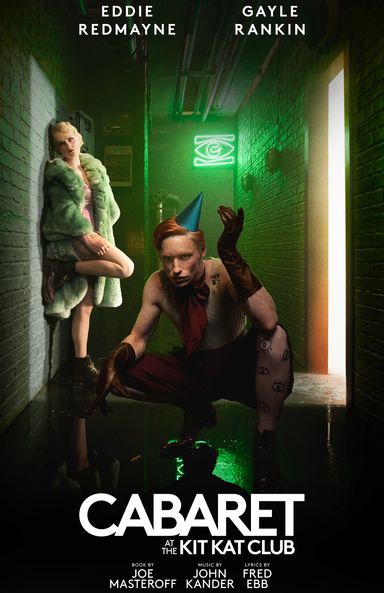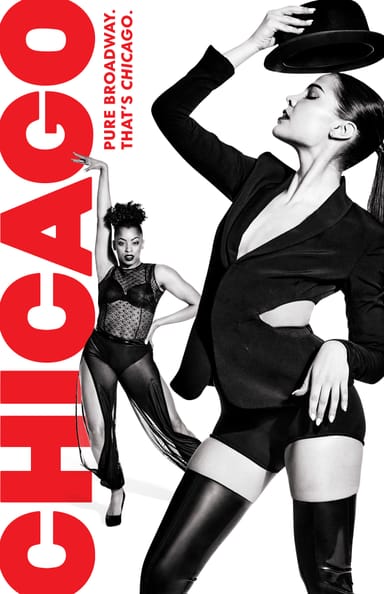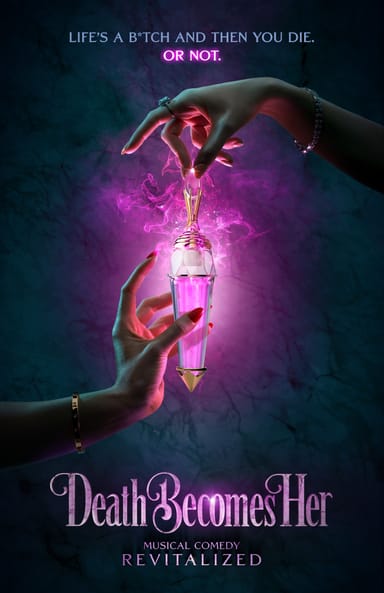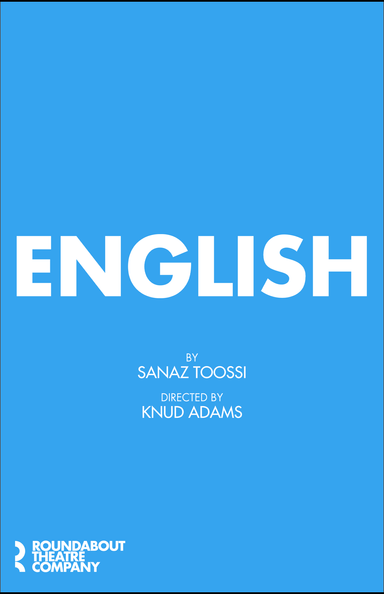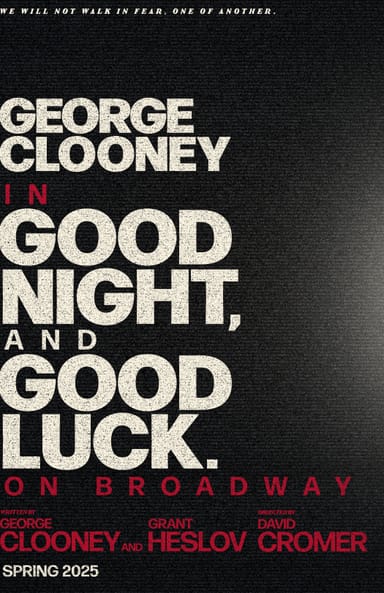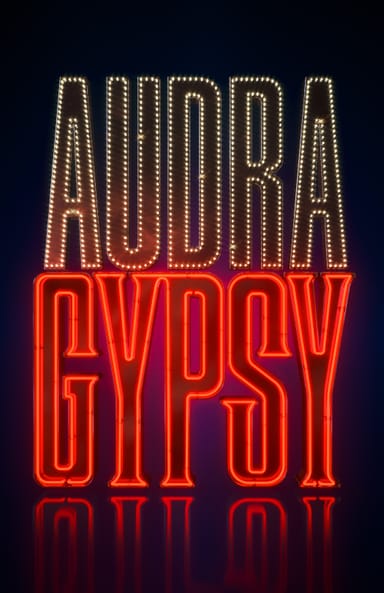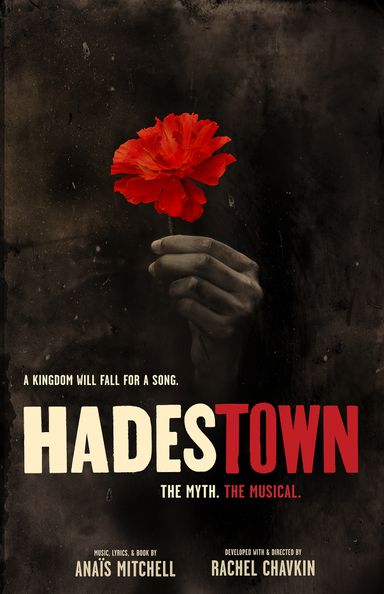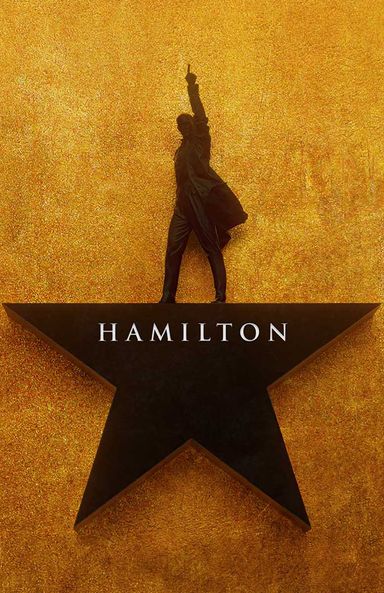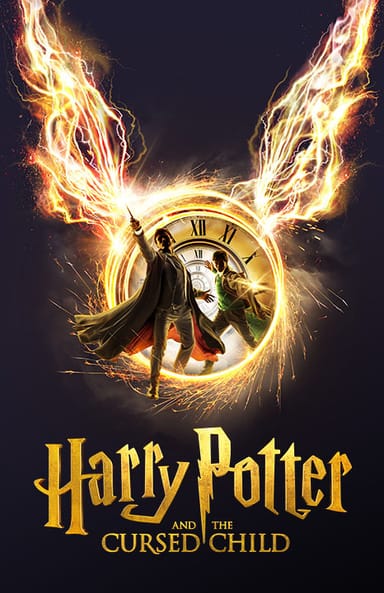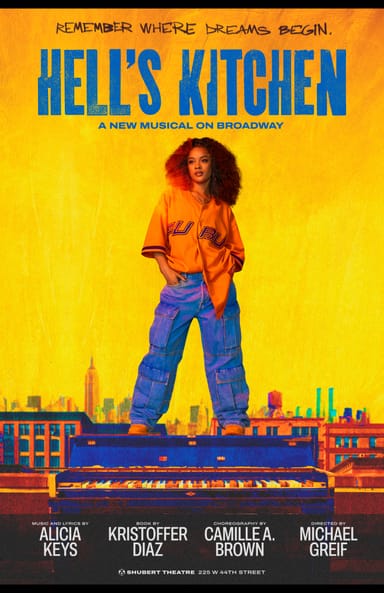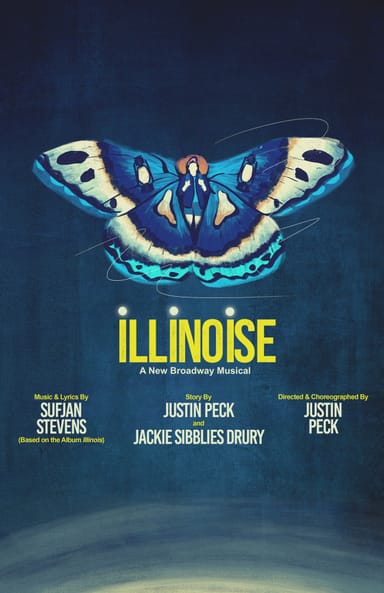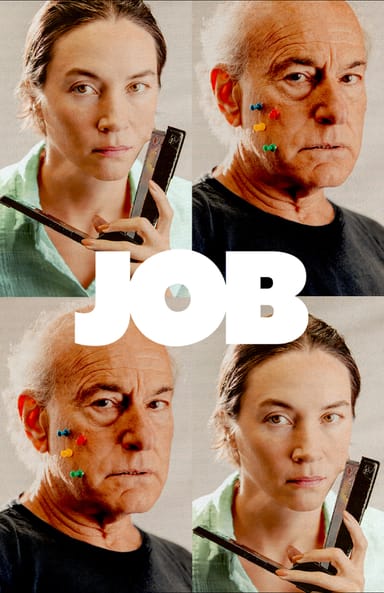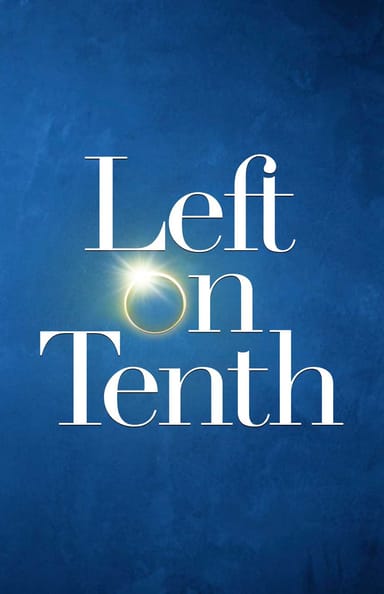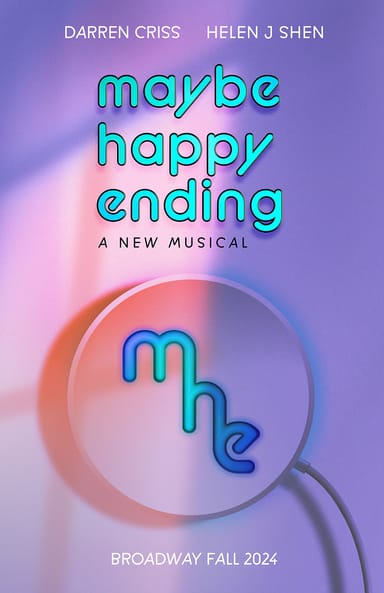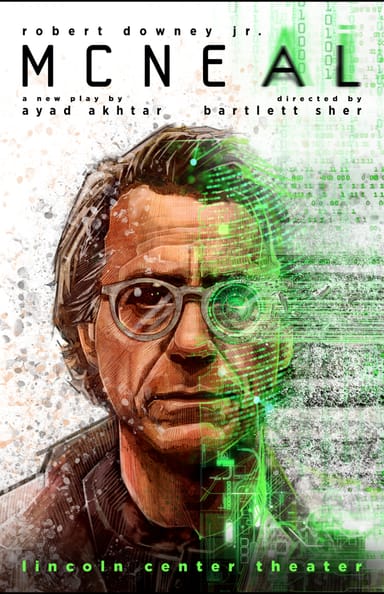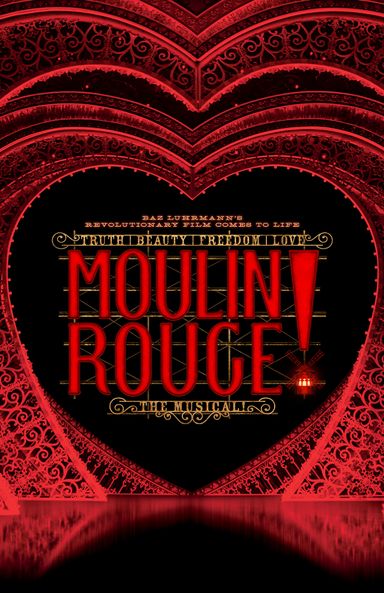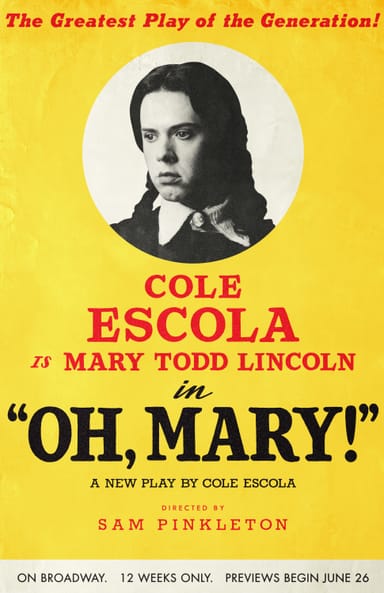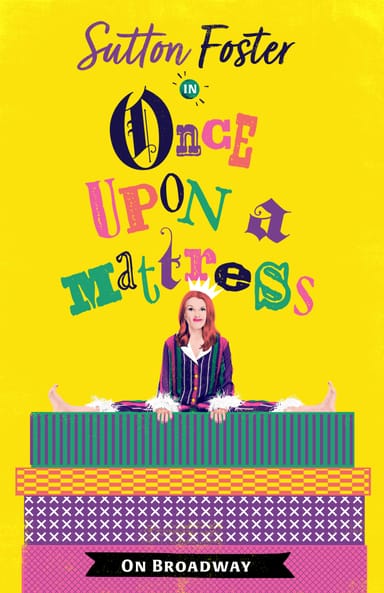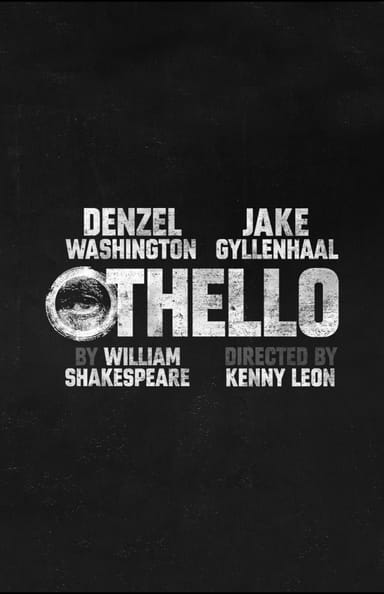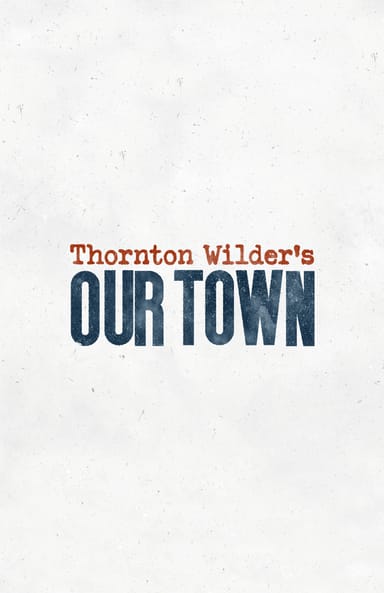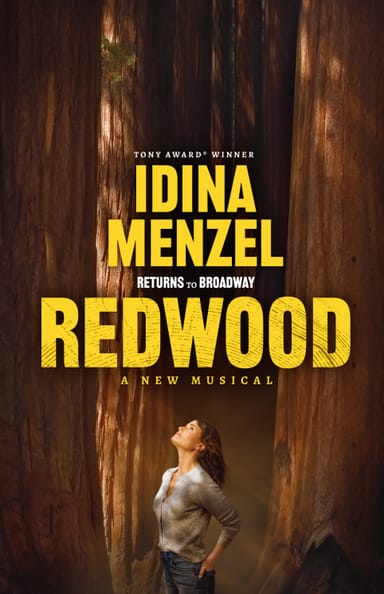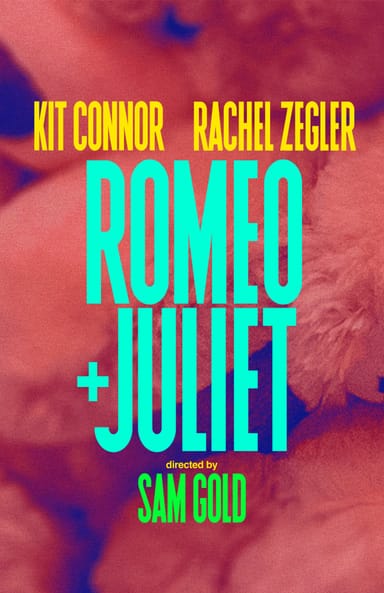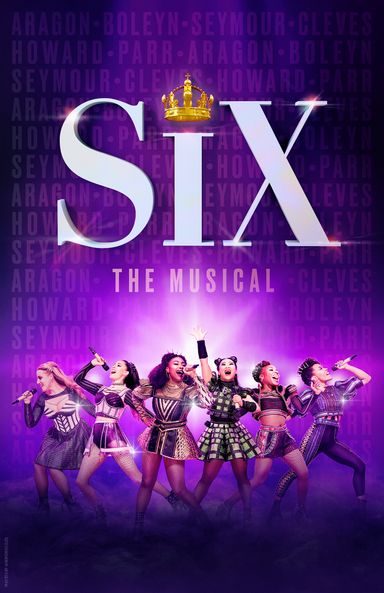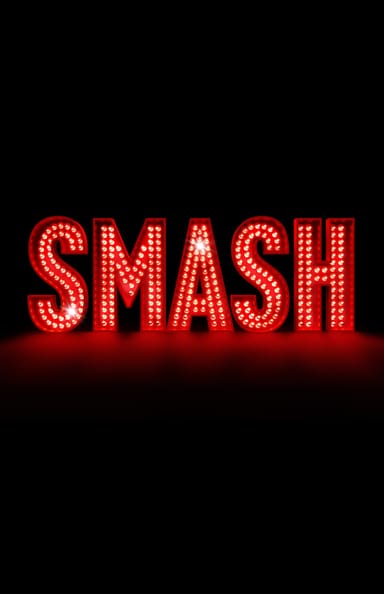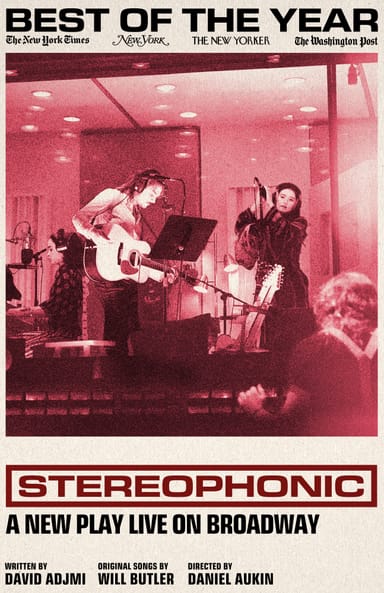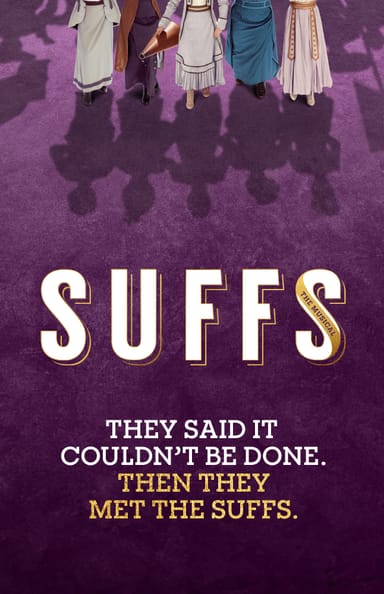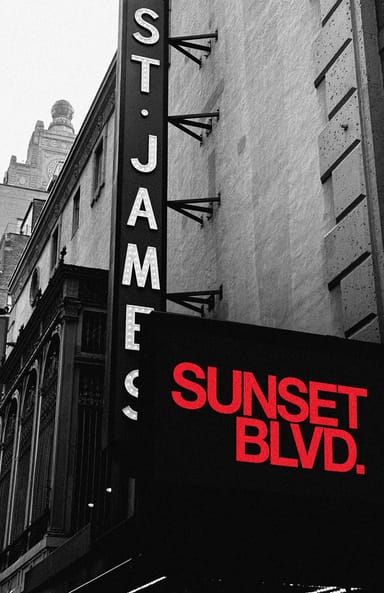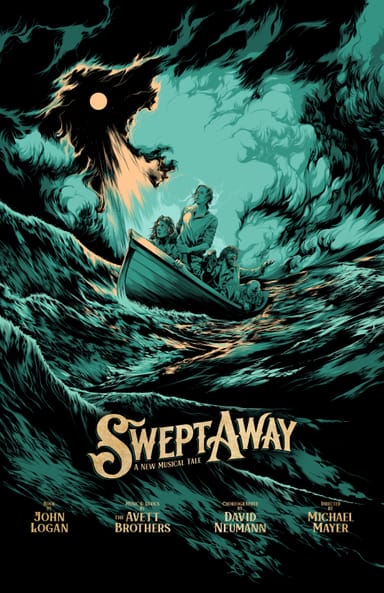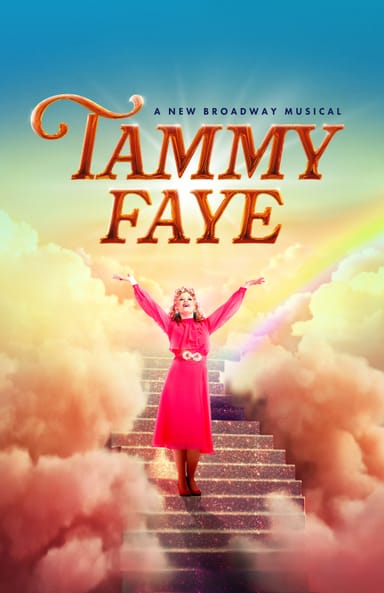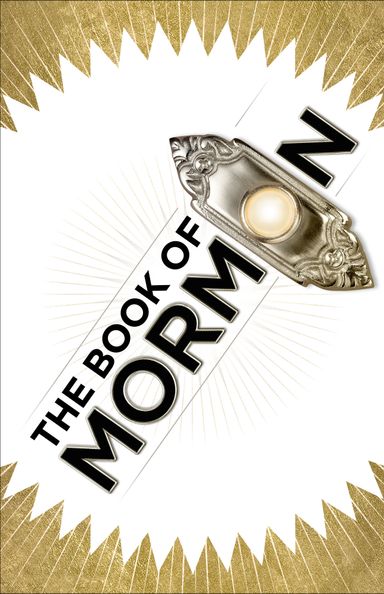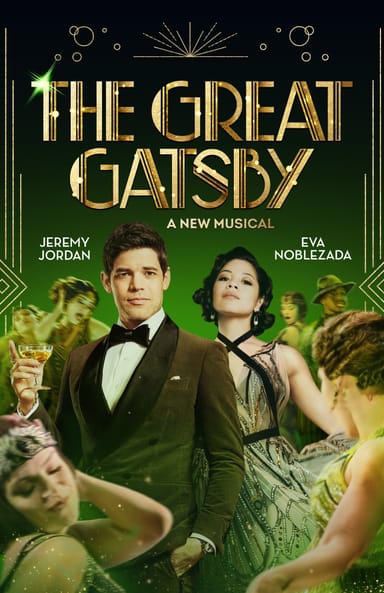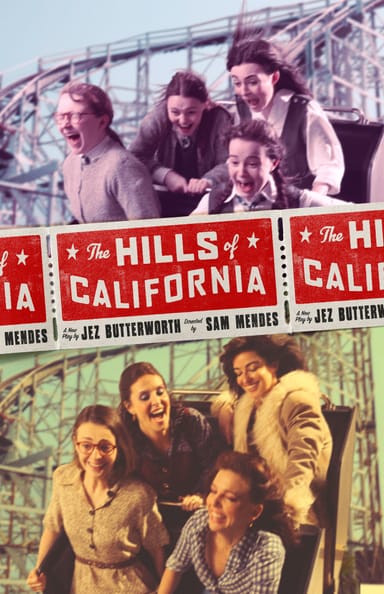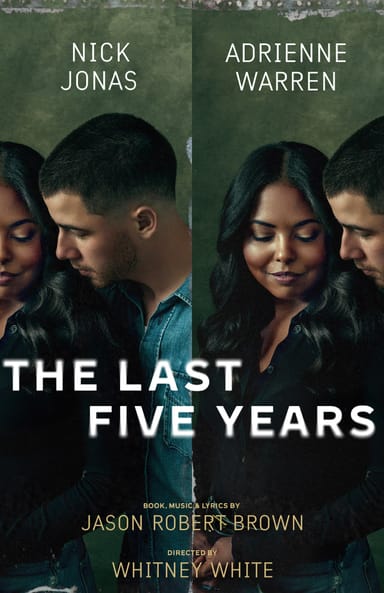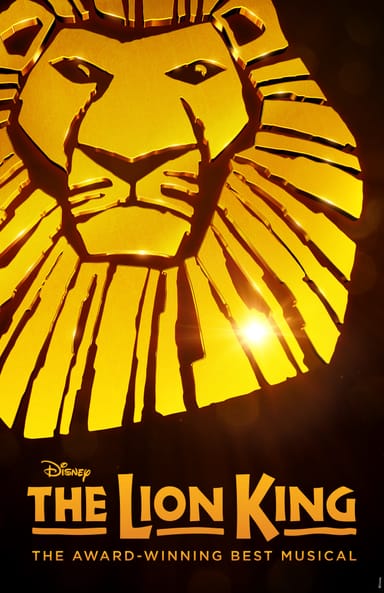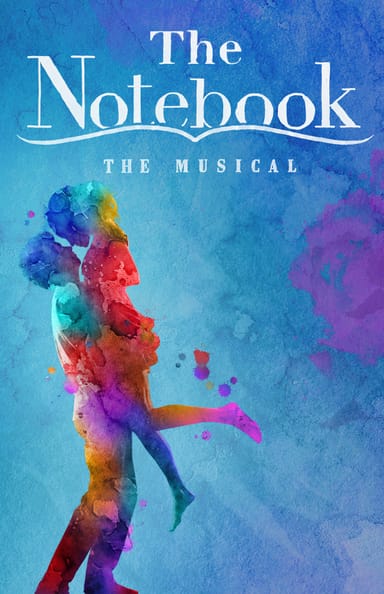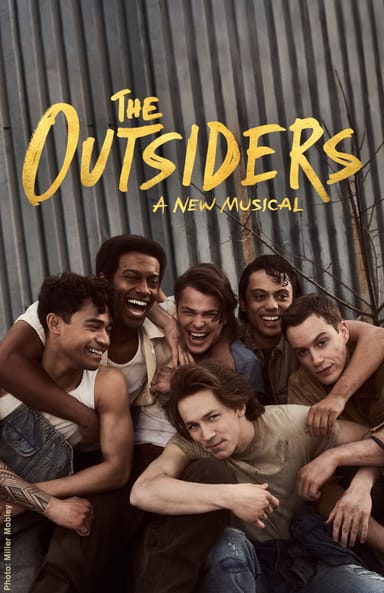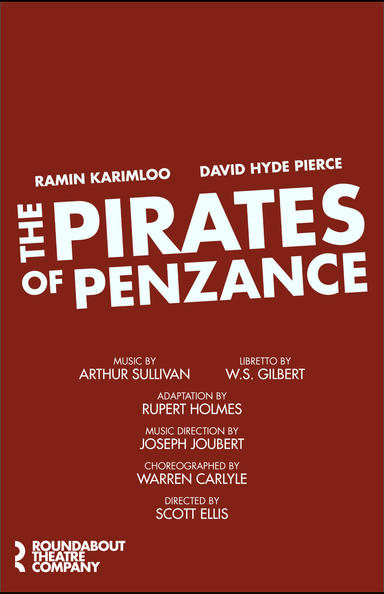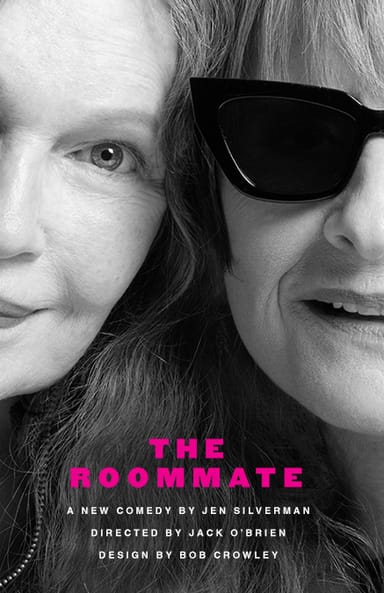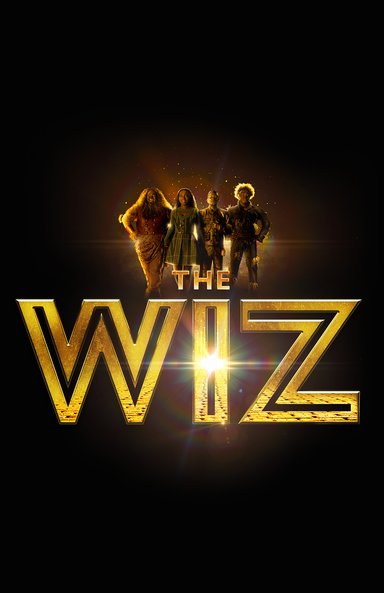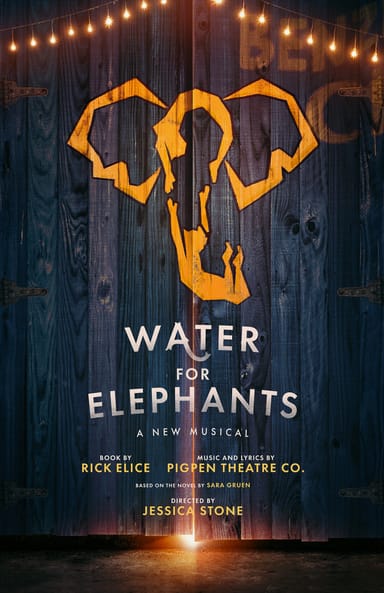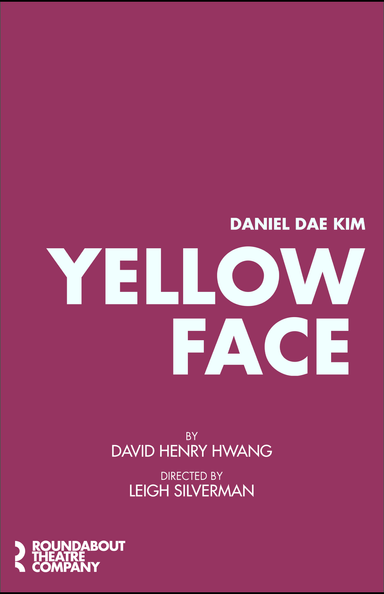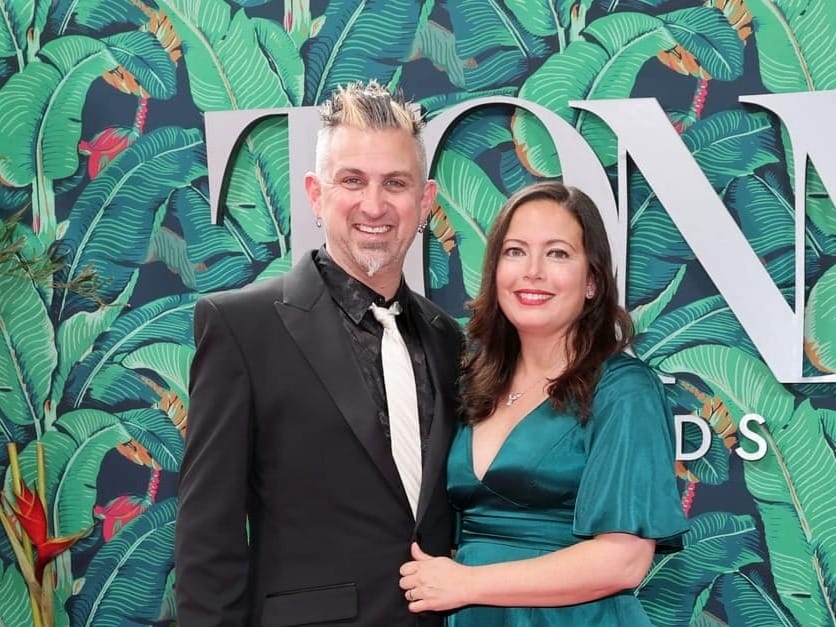“I don’t come from the theater at all,” Broadway orchestrator John Clancy said. In fact, though he is now a four-time Tony Award-nominated orchestrator, Clancy began his career as a drummer, playing for artists like Randy Newman and Carly Simon. He found musical theater through his now-longtime collaborator, Jeanine Tesori. The Tony-winning composer saw Clancy playing with Billy Porter at New York City cabaret venue Joe’s Pub in 2003; not long after, Clancy’s phone rang. “She wanted to meet me,” Clancy recalled. Tesori was writing the music for a new Broadway musical and thought Clancy could help. “I met up with her and we started jamming on some of the groove to ‘Caroline, or Change.’ She wanted me to [play] the job and help create the drum part.”
Clancy took the gig and is credited as the percussionist for that musical’s original 2004 production. Now, Clancy and Tesori have been collaborating for more than two decades. “We have an aesthetic we agree upon,” Clancy said. “And I think she likes when [orchestrations] come from rhythm.”
Since “Caroline, or Change,” Clancy has orchesterated for Tesori’s “Shrek the Musical,” “Fun Home” and, most recently, the 2022 Tony-winning Best Musical “Kimberly Akimbo.”
While Clancy boasts numerous Broadway credits and collaborators, his relationship to Tesori and her work is singular. “When working on material of that quality, all I have to do is lift up the music,” Clancy told Broadway News. “[Jeanine is] a beast of talent. She’s got you laughing and crying in the same song. I mean, that’s just crazy. I’m very grateful to be in [her] company.”
As nimble as Tesori’s writing has been over the years, Clancy has been in lockstep to create scores ranging from gospel and klezmer tones in “Caroline” and poppy tunes for “Shrek” to swirling melodies for “Fun Home” and a blend of folk, rock and pop in “Kimberly Akimbo.” The two are decidedly a team. As the composer, Tesori pens the melodies (and often the harmonies) via piano and vocal lines; then, Clancy chooses the instruments and writes their parts as orchestrations to create the complete sound audiences hear in the house or on a cast album.
Clancy said he specifically writes orchestrations to mold around vocal parts. “I have to orchestrate to the voice — the voice is the thing that tells the story,” Clancy said. “If I cloud that I’m not doing my job.”
He constantly gauges how much instrumentation is enough to support the vocal without overpowering it or stepping on a lyric. “I try to watch videos of [performers] in rehearsal, so I get a good knowledge of what I’m going to be dealing with as far as how much each singer puts out and how they approach the song,” Clancy said.
In choosing instruments for “Kimberly Akimbo,” specifically, Clancy selected “what would give me the most bang for my buck, in terms of varying color throughout the score,” he said. He wanted instrumentation that would offer sonic depth and variety, without necessitating too many musicians. “By having two reed players, I have eight to 10 instruments, because they each play so many,” Clancy explained. He also opted for a cello: “It’s such a versatile instrument — it’s got one of the biggest ranges from low to high — and in a smaller group you really can hear it.”
Clancy was nominated for a Tony Award for Best Orchestrations (one of those four previously mentioned nods) and Tesori took home her second trophy for best original score for “Kimberly Akimbo.”
Still, Broadway News sought to get even closer to the process of writing orchestrations. Clancy describes creating the orchestrations for the opening number of “Kimberly Akimbo,” called “Skater Planet”: “Jeanine and I decided that the simplicity, purity and honesty of the ukulele would be the best way to represent [the character of] Kimberly,” Clancy said. “After orchestrating the finale, ‘Great Adventure,’ it felt appropriate to bookend the entire show with the uke. I also brought it back in the middle of ‘Skater Planet’ when Kimberly sings, so the audience would follow the thread.”
Clancy also optimized his use of synthesizers, using them to create a background sound that contrasts a modern sound with old-school acoustic and orchestral aspects of the score. “I thought the juxtaposition of a modern synth under the ukulele would be a cool way to start that concept from bar one,” he said. “The sound we created is also ‘icy,’ which sets up the coldness of the moment” — set in an ice-skating rink in New Jersey.
Speaking of the Garden State, Clancy included references to Bruce Springsteen, a famous New Jersey native. But the rock and pop elements don’t stop there. “There are also moments of anthemic Freddie Mercury, contemporary classical chamber music and folky singer-songwriter,” Clancy noted. “When the song first bursts open, I used a bright compressed rock piano that was programmed to play in octaves, so it shines. But when the verse drops in, and the teens begin singing, it felt right to orchestrate that same figure as more of a synth arpeggiator sound, like in a youthful pop song.”
For those less versed in musical technology: “Arpeggiator” comes from the word arpeggio (a chord played one note at a time); an arpeggiator is a common synthesizer feature that produces an arpeggio when you press down on a chord.
But more evident than the reeds, the cello or even the synthesizer is the driving rhythm of the tune. “Being a lifelong drummer myself, I feel the groove as soon as I hear a song,” Clancy said. “It’s the heartbeat of everything, including Kimberly.”
At the end of the day, Clancy takes pride in the final sound he and Tesori created. As he sad, “I’m just happy that when I listen to the score, I just feel like that songs got elevated.”
Listen to composer Jeanine Tesori’s audio demo alongside the final, orchestrated recordings to understand how the full and final sound of a musical gets made.

